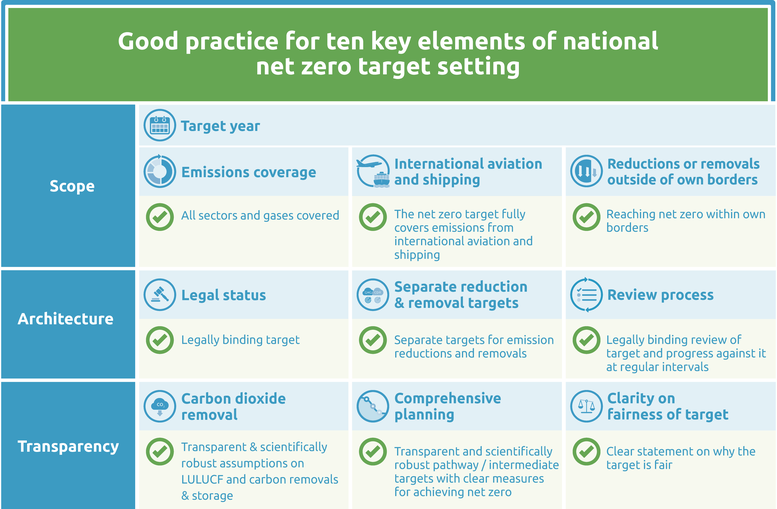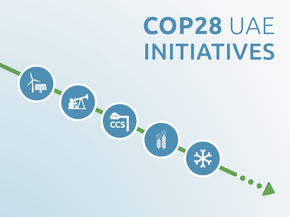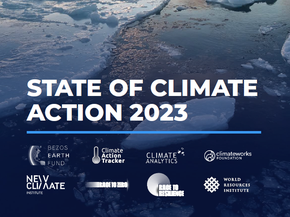Net zero targets
Summary
We evaluate the net zero target as: Acceptable.
Chile announced its net zero target for 2050 as proposed legislation in the Framework Law on Climate Change in 2020 (President of Chile, 2020) and include it in the updated NDC submitted to the UNFCCC in the same year (Government of Chile, 2020). The law currently remains under discussion in the National Congress as of June 2021. Once accepted, the law will enshrine Chile’s net zero target into law.
The currently proposed net zero target covers most key elements. Chile’s target covers all sectors and gases, communicates strategic goals and emissions targets per sector, and provides a detailed methodological framework. Notably, Chile underpins these sector-specific ambitions with detailed emissions pathway analysis. While Chile does not actively outline any plans reply on reductions and removals outside its borders, future iteration of its NDC could explicitly rule out international credits.
Chile could further improve its net zero target by considering good practice standards for a few elements. Chile provides no information on its intention to establish a periodic reviewing cycle of measures and interim targets, and it remains unclear whether a legally binding review cycle exists. In addition, Chile could further include international aviation and shipping in their target’s scope, and explicitly elaborate on fairness considerations.
Ten key elements
Scope
- Target year – Chile aims to reach net zero by 2050.
- Emissions coverage – The target covers all GHG emissions (i.e., the 7 Kyoto gases: CO2, CH4, N2O, HFCs, PFCs, SF6, NF3) and all sectors of the economy (excluding international bunkers).
- International aviation and shipping – Chile provides no information on its intention to cover international aviation and shipping.
- Reductions or removals outside of own borders – Chile plans to reach net zero through domestic actions and will not use removals outside its borders. Neither Chile’s NDC nor its underlying pathways towards 2050 consider any reductions and removals outside of Chile’s territory (Government of Chile, 2020; Ministerio de Energia, 2020).
Target architecture
- Legal status – President Sebastian Piñera first announced Chile’s net zero target in June 2019. In early 2020, Chile’s President proposed a Framework Law on Climate Change (Ley Marco de Cambio Climatico) partly aiming to make the net zero target legally binding. The law currently remains under discussion in the National Congress as of June 2021. Chile reiterated its net zero target as part of its updated NDC submitted to the UNFCCC in April 2020 (Government of Chile, 2020). Chile has not yet submitted an LTS to the UNFCCC as of June 2021.
- Separate reduction & removal targets – Chile provides separate emission reduction and removal targets by specifying the contribution of LULUCF in 2030 and 2050.
- Review process – Chile currently provides no information on its intention to establish a review cycle for its net zero and intermediate targets.
Transparency
- Carbon dioxide removal – Chile provides transparent pathways for domestic LULUCF towards 2050 (Ministerio de Energia, 2020) and assumes no technical carbon removals and storage in the timeframe towards 2050.
- Comprehensive planning – Chile provides intermediate carbon budgets as well as sector specific targets in their NDC. The NDC provides several carbon neutrality scenarios per sector and highlights the necessary measures, such as 58% electric private and commercial vehicles by 2050, renewable energies replacing thermal power stations, and public and commercial electric heating. The strategy also establishes an emissions peak no later than 2025 and sets a maximum for cumulative emissions from 2020-2030 (Government of Chile, 2020). The NDC further defines clear visions for 2030 and 2050 and Chile provides detailed pathway analyses (Ministerio de Energia, 2020).
- Clarity on fairness of target – Chile makes no reference to fairness or equity in the context of its net zero target.
Good practice
The Climate Action Tracker has defined the following good practice for all ten key elements of net zero targets. Countries can refer to this good practice to design or enhance their net zero targets.

Further analysis
Latest publications
Stay informed
Subscribe to our newsletter




